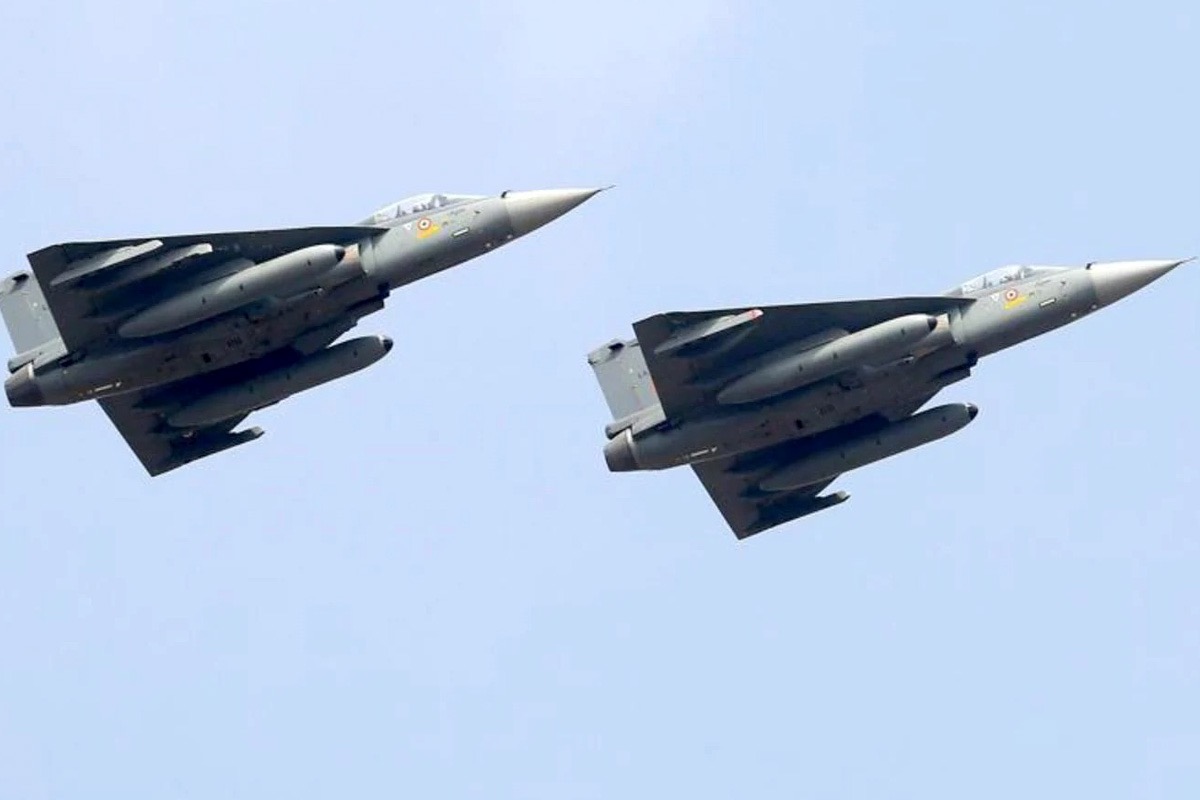India’s expenditure on defence imports decreased by around 10 per cent between 2019 and 2022, the Centre told parliament on Monday.
The expenditure on defence procurement from foreign sources has decreased from 46 per cent in 2018-19 to 36.7 per cent as of December 2022, minister of state for defence Ajay Bhatt told the Rajya Sabha in a written reply.
The import of defence products has decreased due to various projects that have been successfully developed within the country, such as the 155mm artillery gun system ‘Dhanush’, Light Combat Aircraft (LCA) ‘Tejas’, and surface-to-air missile system ‘Akash’.
These projects have been the result of policy reforms implemented by the government, which have prioritized domestic procurement under the defence acquisition procedure (DAP)-2020 and created “positive indigenisation lists” to reduce reliance on imports, the minister said.
Other initiatives include simplifying the licensing process, liberalizing foreign direct investment policies, launching the Mission DefSpace and Innovations for Defence Excellence (iDEX) scheme, implementing the Public Procurement (Preference to Make in India) Order 2017, and establishing Defence Industrial Corridors in Uttar Pradesh and Tamil Nadu.
These policies have aimed at promoting self-reliance in defence manufacturing in the country and reducing dependency on imports in the long run.
In 2013, the Indian government introduced the Defence Indigenisation Policy, requiring 30 per cent indigenous content in defence equipment manufacturing.
The 2020 Defence Acquisition Policy increased this limit to 50 per cent, reflecting the government’s faith in domestic arms manufacturers. The government subsequently released a series of Negative Lists, banning imports of defence equipment, with the latest list announced in April last year.
101 defence articles included in the list will be produced domestically between December 2022 and December 2027, creating an estimated ₹2.1 trillion worth of orders for the domestic arms industry.
To support domestic manufacturing, Defence Research and Development Organisation (DRDO) has signed 30 agreements for the transfer of technology with 25 industries, mainly relating to counter-drone systems, missile warheads, laser-directed energy weapon systems, and radar systems, among others, said the government.
It has set an ambitious goal of achieving a defence manufacturing industry with a turnover of USD 25 billion by 2025, including exports worth USD 5 billion.

